
Three partners, including Kanazawa City, the Junior Chamber International Kanazawa, and the United Nations University Institute for the Advanced Study of Sustainability Operating Unit Ishikawa/Kanazawa (UNU-IAS OUIK) have repeatedly discussed the initiative of the Kanazawa SDGs.
To ensure the successful advancement of the SDGs in Kanazawa, 5 courses of action were developed based on Kanazawa’s “topography, history and culture” and “economy, society, and environment”.


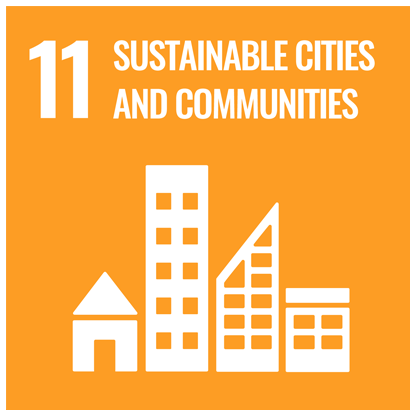
Kanazawa's topography is made up of mountains, plateaus, plains, and rivers.
Its rough yet rich terrain has accumulated much history and culture, and today it is a city that emits its own sense of individuality as a creative city that develops in harmony with the preservation of its rich biodiversity.
Doing this further heightens the value of Kanazawa's nature, history and culture, and encourages urban development that is comfortable in the eyes of Kanazawa's residents.

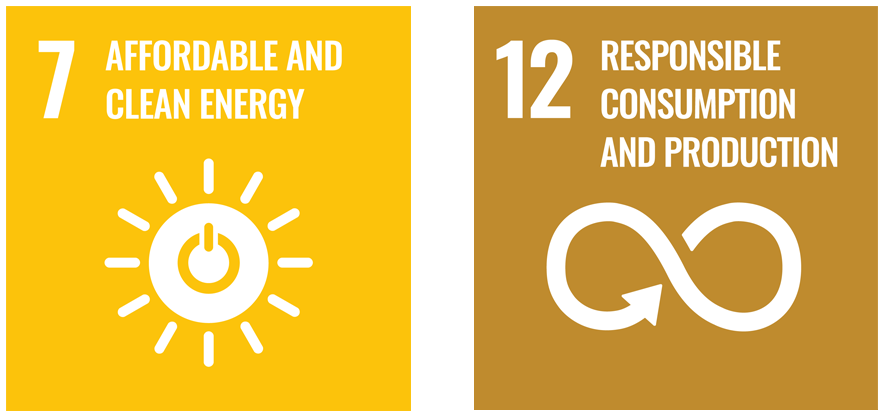
In order to actualize a sustainable society, it is vital that we reduce our environmental impact and introduce mechanisms and technologies to circulate limited resources.
We encourage the reduction of carbon dioxide emissions, the introduction of renewable energy sources, and the elimination of food waste in all individual lifestyles as well as cooperate and regional activities.

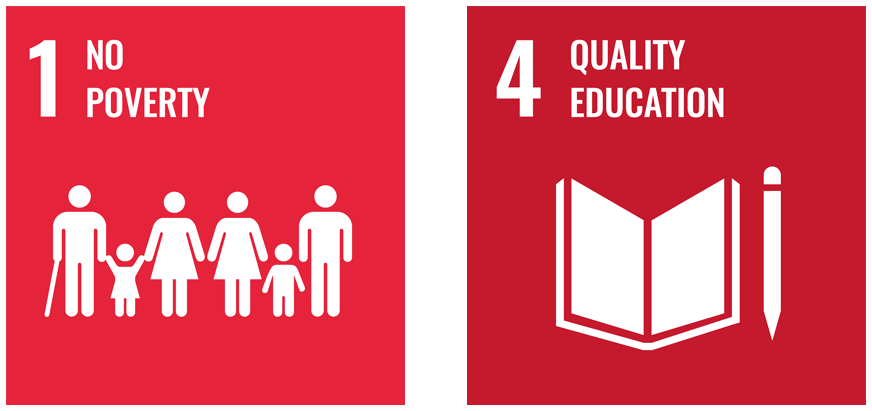
Relative poverty, which prevents people from being able to enjoy "ordinary life", has become a societal problem.
We will create an environment in which all children, regardless of the economic situation or hardships of the household in which they were raised, can each individually be brought up at ease without worry.
In addition, through the correction of educational disparities, as well as through culture and art, we will work together with various stakeholders, such as schools, regions and NPOs, on activities that raise children's sense of self-affirmation.


It is essential for humans to achieve a harmonious work-life balance during their 100 years of life. We will foster a social climate wherein people of various talents can brush up their skills in accordance with their life-stage and ability, and can choose their own flexible working-style.

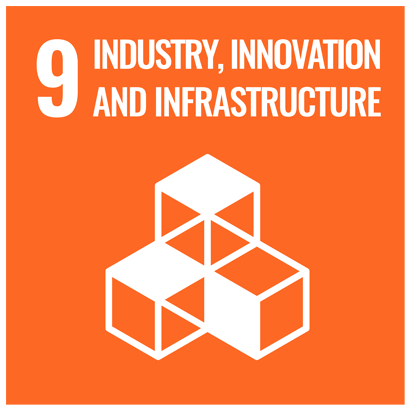
While the progression of technologies such as AI is accelerating, the current era is also one wherein sustainable business and medium and long-term enterprise value have been called into question.
With these circumstances in mind, we will create a system to improve creativity and innovation by transforming local culture (a strong point of Kanazawa) into a growth industry, providing entrepreneurial aid, collaborating with academic institutions and NPOs, and by promoting the diversity of human resources.

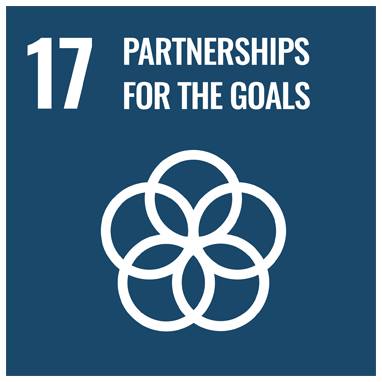
The resolution of sustainable development requires the unification of three layers: the environment, society, and the economy. Just like the way in which Kanazawa's regional society and unique industries were developed based on its particular natural environment and topography, the "5 courses of action" of the 2
Adopted at the UN Summit in September 2015, the SDGs are a set of international goals for the realization of sustainable development by the year 2030, and are comprised of 17 main goals and 169 specific targets.
Committed to the pledge to "leave no one behind", the SDGs promote a universal effort for sustainability in not just developing countries, but developed countries as well.
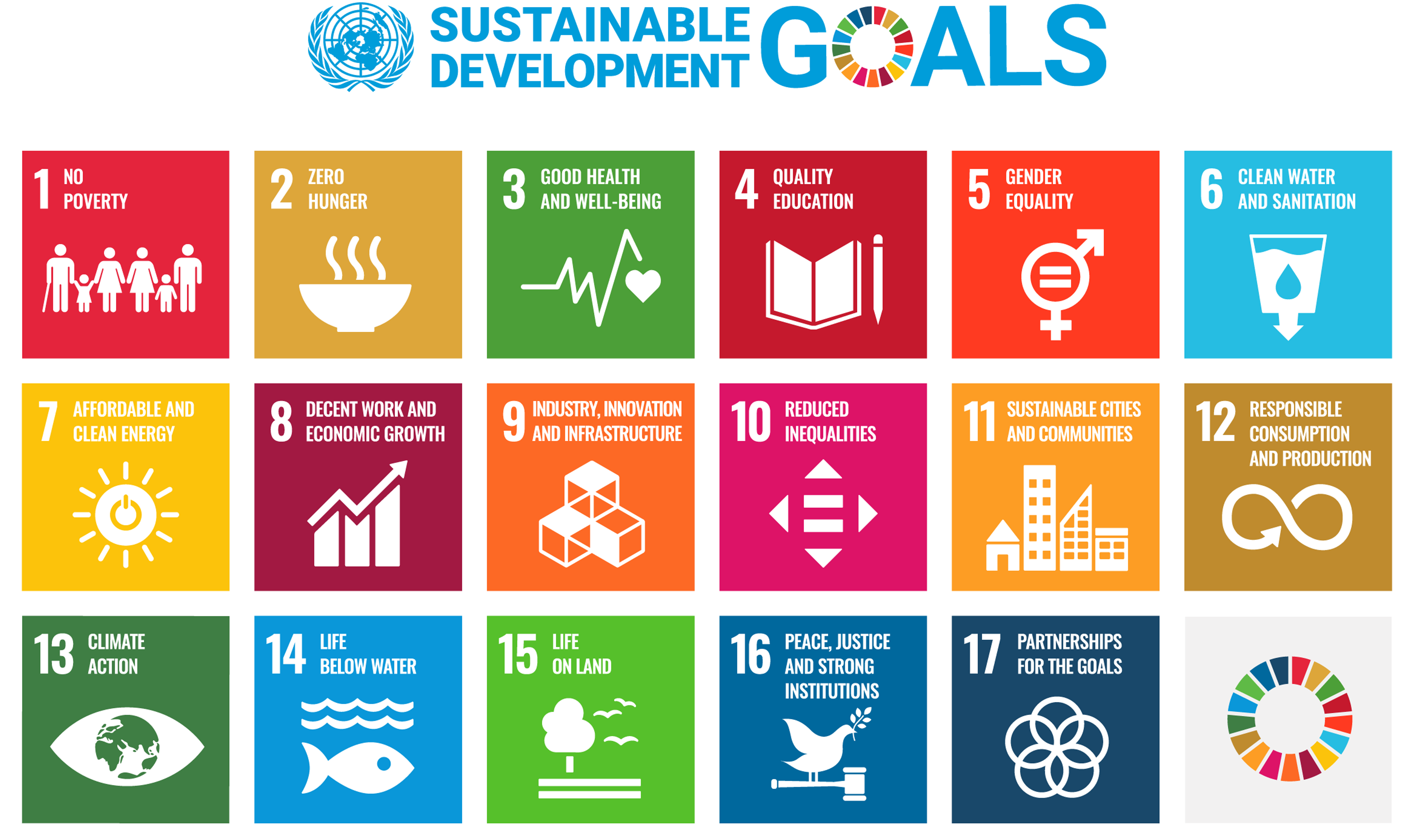
Instead of responding to problems separately, citizens, regions, NPOs, industries, and governmental administrations work together in partnerships, ensuring that even a small amount of power can become enough to change society.
In order to achieve any one of the 17 SDGs, we must also address the issues related to the other goals. In other words, these goals are aimed for creating a society that works for all people rather than one that is only good for a specific type of person.